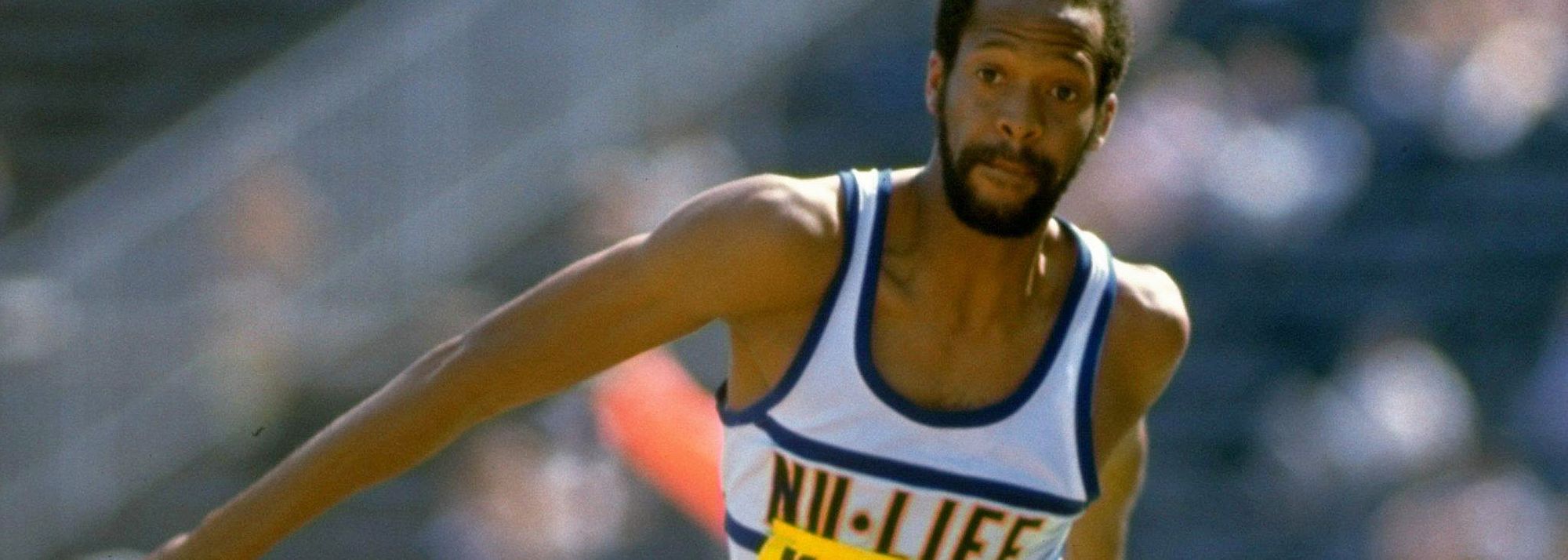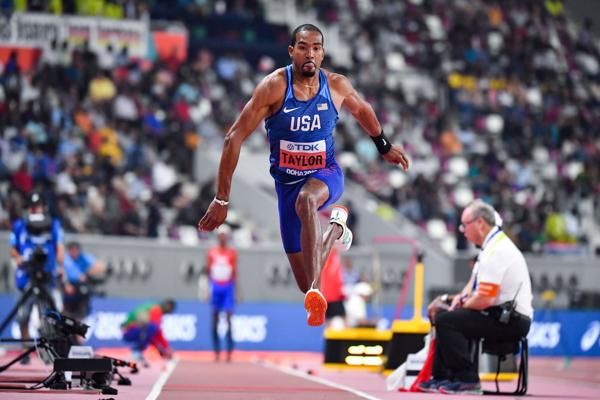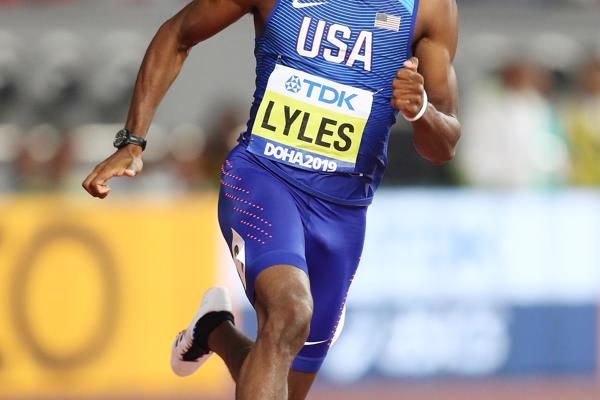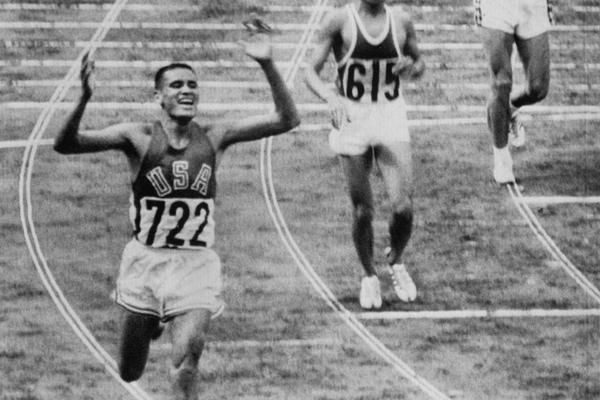US triple jumper Willie Banks in action in 1985 (© Getty Images)
World Athletics Council Member Willie Banks has donated to the Heritage Collection the singlet and bib number which he wore in 1985 when setting a triple jump world record.
Banks, competing at the US Championships in Indianapolis on 16 June, bounded out to 17.97m (1.5m/s) in the second round to add eight centimetres to the record Brazil’s Joao Carlos de Oliveira had established 10 years before when winning the Pan American Games.

Banks’ world record would similarly last a decade until surpassed by one centimetre by Jonathan Edwards in Salamanca in 1995.
“I knew that I was going to break the record before I did it,” commented Banks recently. “I had told three people that I would break the record before the jump, right after my first attempt (17.37m). I told my friend Lee Balkin, a high jumper. I also told one of my triple jump competitors and a judge at the triple jump board.
“I knew because a special feeling came over me while I was trying to stay loose for my next jump. I closed my eyes and watched myself do the triple jump. I realised that God had sent me a sign that I was going to break the record and that belief carried me to 17.97m.”
Along with the donated singlet and number, the Heritage Collection has gratefully been given a bag of sand which Banks took from the pit after the competition.

Three a ‘frustrating’ favourite number
Did Banks believe his world record would last 10 years?
“Actually, I thought I would break it again soon afterwards,” he said. “It was a little frustrating not to be able to jump over 18 metres and I really wanted to be the first to break that barrier. Three centimetres!”
“My favourite number was always 3,” he added. “I am William Augustus Banks III; I was born in March, the third month of the year; and I was a triple jumper! Why, then, did I miss my mark by three centimetres!?”
‘My achilles bled… I could not train properly’
Back at the Indianapolis track on 16 July 1988, Banks did become the first man to jump beyond 18 metres, and he did it twice on the same day. However, the wind readings for his 18.06m (4.9m/s) and 18.20m (5.2m/s) jumps were way beyond the allowable limit for world record purposes (2.0m/s).
“I truly thought that I could jump over 18m,” he said. “After that day in 1988, my achilles in both legs bled through to the sheath and attached itself. I could not train properly for the rest of my career. I had three surgeries, but none helped. It was quite a let down from a glorious carrier.
“Fortunately, I am still able to look back and be proud that I was the first human ever to surpass 18 metres in any condition,” he added. “All I can say is I am blessed.”
On this day, 8 August
Banks was one of the most exuberant performers on the international circuit during the 1980s and a popular competitor around the world. He encouraged spectators to rhythmically clap him down the runway, which transformed the atmosphere at track meetings for the good.
Banks’ record at major international championships does not reflect his immense talent. Notably, he closed out his world record season in 1985 with victory at the IAAF World Cup in Canberra on 4 October.

Two years earlier, on 8 August 1983 in Helsinki, Banks jumped 17.18m to take the silver medal at the inaugural IAAF World Championships, an anniversary which today’s donation announcement commemorates.
“Soon after being elected to the Council in Doha last September, I visited the Heritage World Championships Exhibition in the city,” he says. “It was at that moment that I realised how fortunate we are to have a programme which is protecting, promoting, and enhancing our sport’s heritage. That is why I decided to play my part and make this donation.”
Chris Turner for World Athletics Heritage








